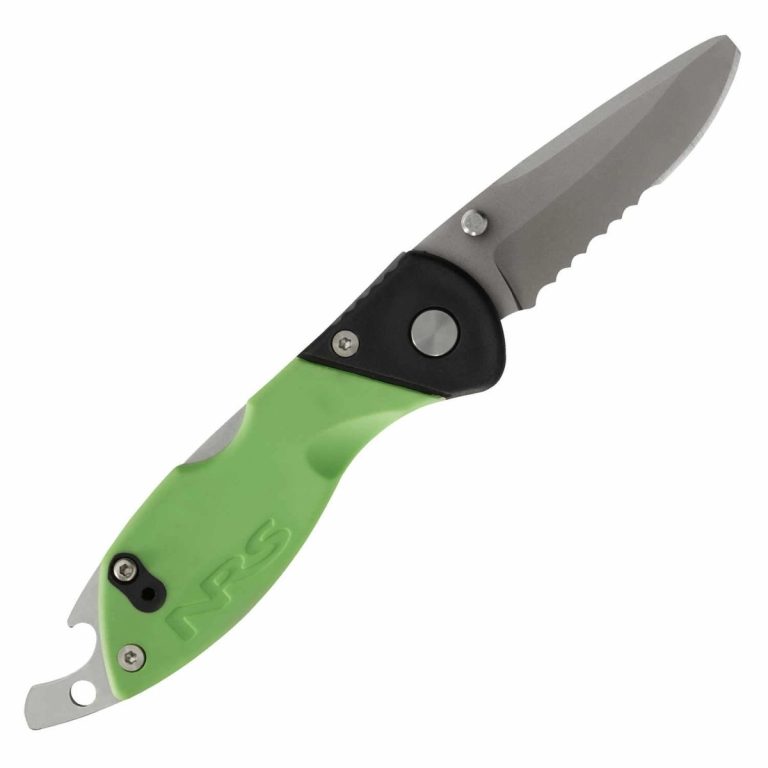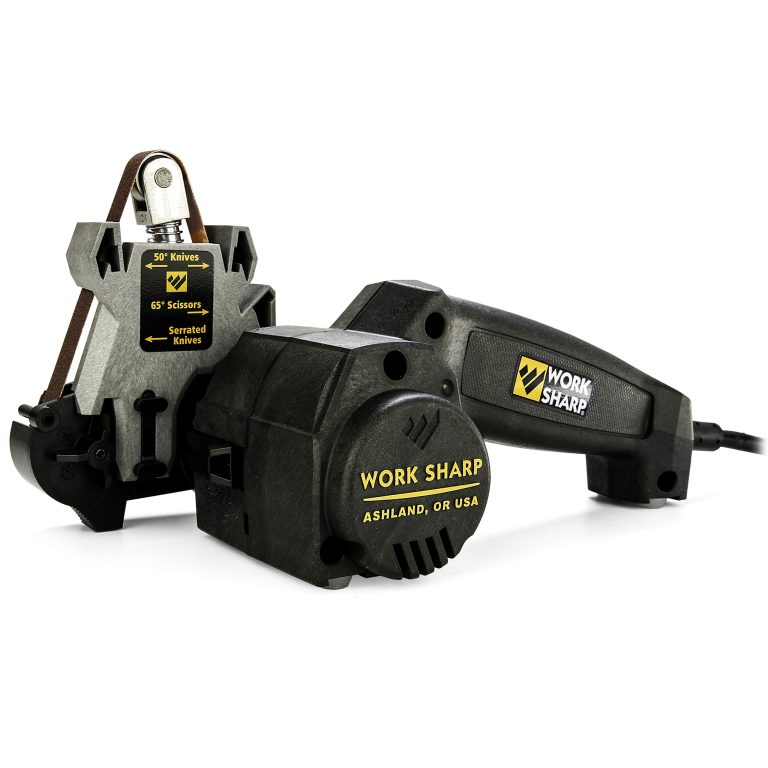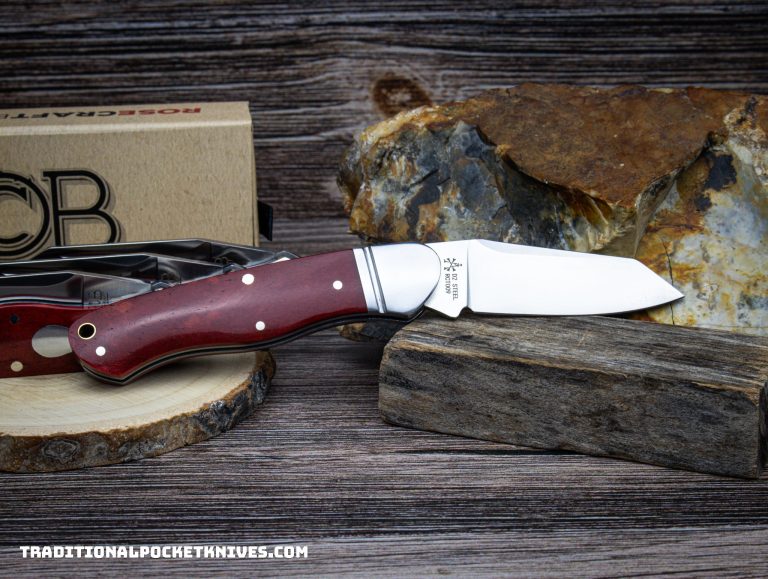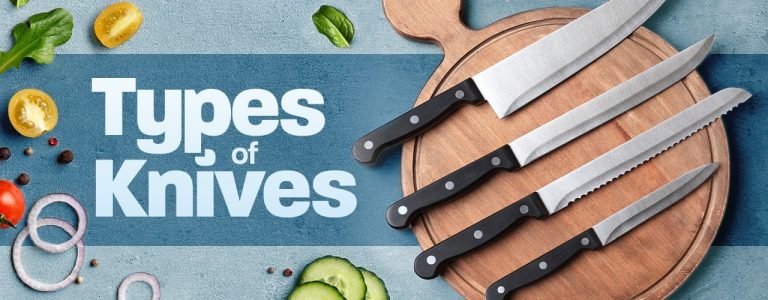Expert Tips for Knife Maintenance
For expert tips on knife maintenance, follow these guidelines: Keep blades clean and dry, use a honing rod regularly, and store knives properly to prevent damage. Proper care and maintenance will extend the life and performance of your knives.
Knives are an essential tool in any kitchen, but they require regular maintenance to stay sharp and in good condition. Whether you’re a professional chef or a home cook, knowing how to properly care for your knives is essential for both safety and efficiency.
We’ll provide expert tips on knife maintenance that will help you keep your blades in excellent shape. By following these guidelines, you can ensure that your knives stay sharp, last longer, and perform at their best. So, let’s dive in and discover the best practices for maintaining your knives!
Why Knife Maintenance Is Crucial
Maintaining your knives is essential for their longevity and optimal performance. Proper knife maintenance not only prevents rust and corrosion but also ensures your safety while handling them.
Preventing Rust and Corrosion
To prevent rust and corrosion, it’s crucial to clean and dry your knives after each use. Avoid excessive exposure to moisture and store them in a dry place. Applying a thin coat of oil to the blade can also provide extra protection.
Maintaining Sharpness for Optimal Performance
Keep your knives sharp by regularly honing them using a stone or honing rod. Sharpening should be done as needed to maintain their cutting edge. Additionally, proper cutting techniques and using appropriate cutting surfaces can help preserve their sharpness.
Ensuring Safety while Handling Knives
When handling knives, always use caution and keep your fingers away from the blade. Store knives in safe and secure locations, away from children’s reach. Regular inspection for any loose or damaged parts is also important to avoid accidents.
Essential Tools For Knife Maintenance
When it comes to knife maintenance, there are essential tools that every knife owner should have. These tools will help you keep your knives in the best possible condition, ensuring they stay sharp and perform at their best.
Honing Steel: A honing steel is a vital tool for maintaining knife sharpness. Use it regularly to straighten and align the knife’s edge, keeping it sharp and ready for use.
Whetstone: A whetstone, also known as a sharpening stone, is essential for sharpening dull knives. It helps remove material from the blade, creating a sharp, precise edge.
Knife Oil: Applying a few drops of knife oil regularly helps prevent rust and corrosion, keeping the blade in optimal condition. It also helps maintain smooth operation of folding knives.
Microfiber Cloth: A microfiber cloth is perfect for cleaning and drying your knives. It is gentle on the blade and effectively removes dirt and debris without scratching the surface.
Regular Knife Maintenance Routine
Regular knife maintenance is essential to ensure the longevity and optimal performance of your blades. Cleaning your knife properly should be part of your routine maintenance. Use a mild soap and warm water to clean the blade, making sure to **remove any food particles or residue**. Avoid using harsh chemicals or abrasive sponges, as they can damage the blade’s surface.
Honing your knife regularly is also important. This process helps **maintain the edge alignment and sharpness**. Use a honing steel or ceramic rod to gently realign the blade, holding the steel at a 20-degree angle. **Run the blade along the rod, alternating sides**, and repeat several times.
Sharpening your knife when necessary is crucial for **restoring the sharpness**. Use a sharpening stone or a knife sharpener, following the manufacturer’s instructions. **Maintain a consistent angle** as you glide the blade against the stone, applying light pressure. Repeat the process until the desired sharpness is achieved.
Cleaning Your Knife Properly
Cleaning Your Knife Properly:When it comes to knife maintenance, cleaning it properly is essential for its longevity and performance. Hand washing is generally recommended over dishwasher cleaning.
To clean your knife, use mild dish soap and warm water. Avoid using harsh chemicals or abrasive scrubbers as they can damage the knife’s blade. Gently scrub the blade and handle using a soft sponge or cloth. Pay extra attention to any food residue or stains.
After washing, dry the knife thoroughly using a clean towel. Moisture can cause rust or corrosion, leading to damage. Ensure that all water is removed, including the handle and crevices.
Proper cleaning and drying techniques will help to maintain the knife’s sharpness, prevent odor buildup, and prolong its lifespan. Remember, a clean knife is a safe and effective tool in the kitchen.
Honing Your Knife
When it comes to knife maintenance, honing plays a crucial role in keeping the blade in top shape. Understanding the purpose of honing is essential for maintaining the sharpness of your knife. Honing helps to realign the edge of the blade, ensuring it remains straight and sharp. Choosing the right honing steel is important, as different knives require different types of honing steels. Make sure to select one that matches the hardness of your knife’s steel.
The technique for honing a knife is straightforward, yet proper execution is vital. Proper technique for honing involves holding the honing steel firmly and positioning it at a slight angle. Maintain a consistent pressure as you gently glide the blade along the steel, from the base to the tip. Repeat this process on both sides of the blade for a few repetitions.
The frequency of honing depends on how frequently you use your knife. As a general rule, honing once a week is sufficient for most home cooks. However, heavy users may need to hone their knives more frequently, even as often as before every use.
Sharpening Your Knife
Sharpening Your Knife
When it comes to knife maintenance, sharpening is an important skill to master. Understanding the difference between honing and sharpening is crucial. Honing simply straightens the blade, while sharpening actually removes material to restore the blade’s edge.
Identifying When Your Knife Needs Sharpening
It’s important to recognize the signs that your knife needs sharpening. If its cutting performance has noticeably declined and it requires more pressure to cut through food, it’s time to sharpen it. Dull knives not only hinder your efficiency in the kitchen but also increase the risk of accidents due to slipping.
Choosing the Right Whetstone for Sharpening
When selecting a whetstone, consider its grit level. Coarse grit stones (around 200-400) are ideal for repairing damaged or very dull blades. Medium grit stones (around 800-1200) are appropriate for regular sharpening, while fine grit stones (around 3000-8000) provide a polished finish to the blade.
Step-by-Step Guide for Sharpening Your Knife
- Start by wetting your whetstone and placing it on a nonskid surface.
- Hold the knife firmly and position the blade at a 20-degree angle to the stone.
- Apply moderate pressure and make steady, controlled strokes along the entire length of the blade.
- Repeat the previous step on the other side of the knife, ensuring equal number of strokes.
- Periodically check the sharpness using a piece of paper or a tomato.
- Once satisfied with the sharpness, clean the blade and dry it thoroughly.
By following these expert tips, you can maintain a sharp knife that effortlessly glides through ingredients, making your cooking experience more enjoyable and efficient.
Additional Tips For Knife Maintenance
Proper knife maintenance is essential for keeping your knives in top condition and ensuring their longevity. Here are some additional tips for maintaining your knives:
| Storing Your Knives Properly: | Store your knives in a knife block or on a magnetic strip to protect their blades and prevent accidents. Avoid throwing them into drawers where they can get damaged or dull. |
| Using Knife Oil for Lubrication and Protection: | Apply a few drops of knife oil to the blade and pivot areas to keep the knife running smoothly. This helps prevent rust and corrosion, extending the lifespan of your knives. |
| Regularly Inspecting for Damage or Loose Components: | Check your knives for any signs of damage, including chipped blades or loose handles. If you notice any issues, address them promptly to prevent further damage. |
| Seeking Professional Assistance for Complex Maintenance: | For complex maintenance tasks like blade sharpening or handle repair, it’s best to seek the help of a professional knife sharpener or cutlery specialist to ensure proper care. |
By following these additional tips for knife maintenance, you can keep your knives in optimal condition, promoting their longevity and enhancing your culinary experience.
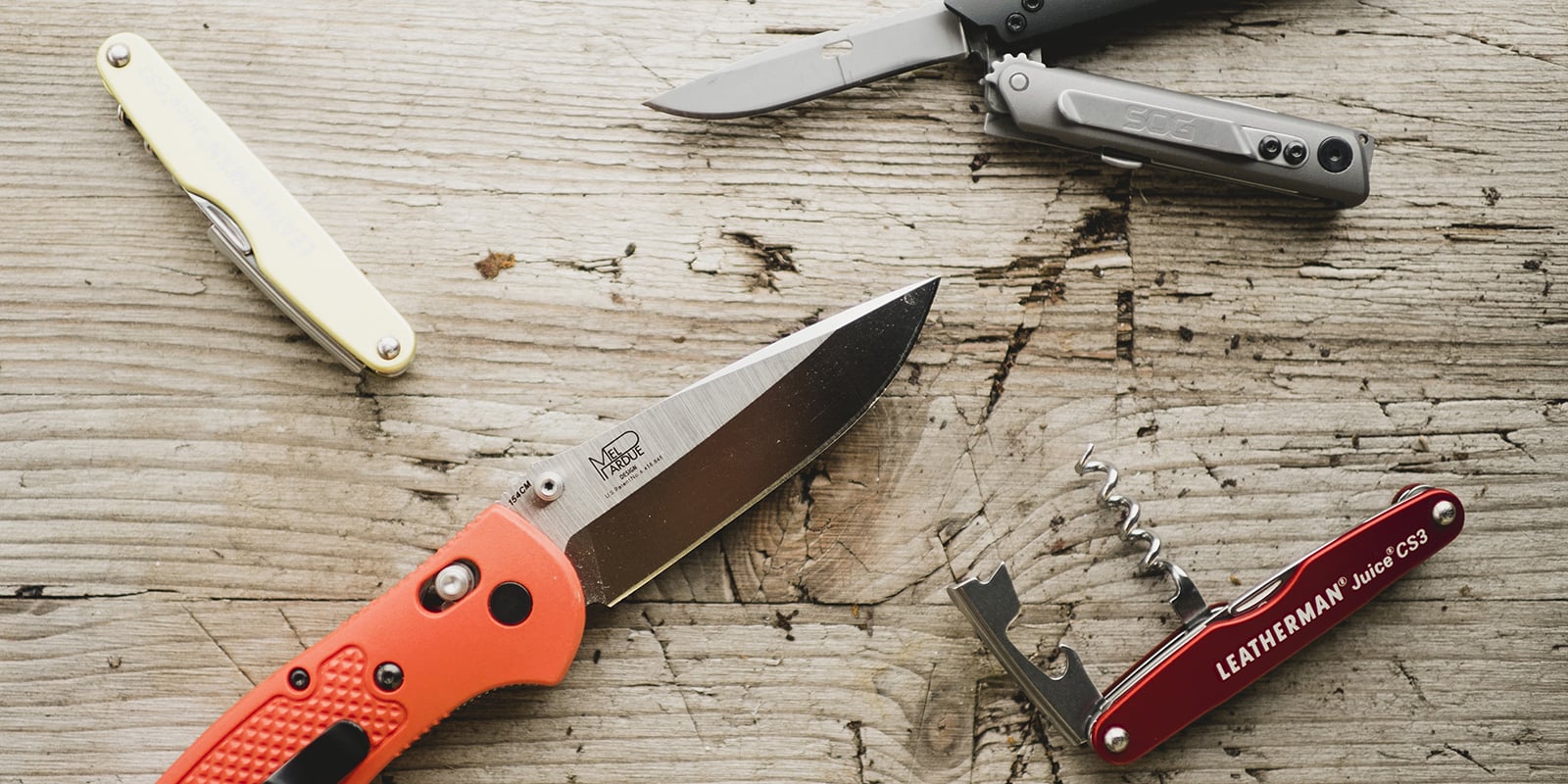
Credit: www.rei.com
Conclusion
Knife maintenance is an essential practice that can prolong the lifespan of your knives, enhance their performance, and ensure your safety in the kitchen. By following expert tips such as cleaning and drying your knives immediately after use, storing them properly, and regularly sharpening the blades, you can maintain the sharpness and overall quality of your knives.
Additionally, honing your knife regularly helps to realign the blade, compensating for any minor bends or misalignments. It is also important to avoid improper use, such as cutting on hard surfaces or using a knife as a screwdriver or pry tool.
By implementing these maintenance practices, you can enjoy the full benefits of your knives for years to come. So, take a little extra time to care for your knives, and they will serve you well in all your culinary endeavors.


